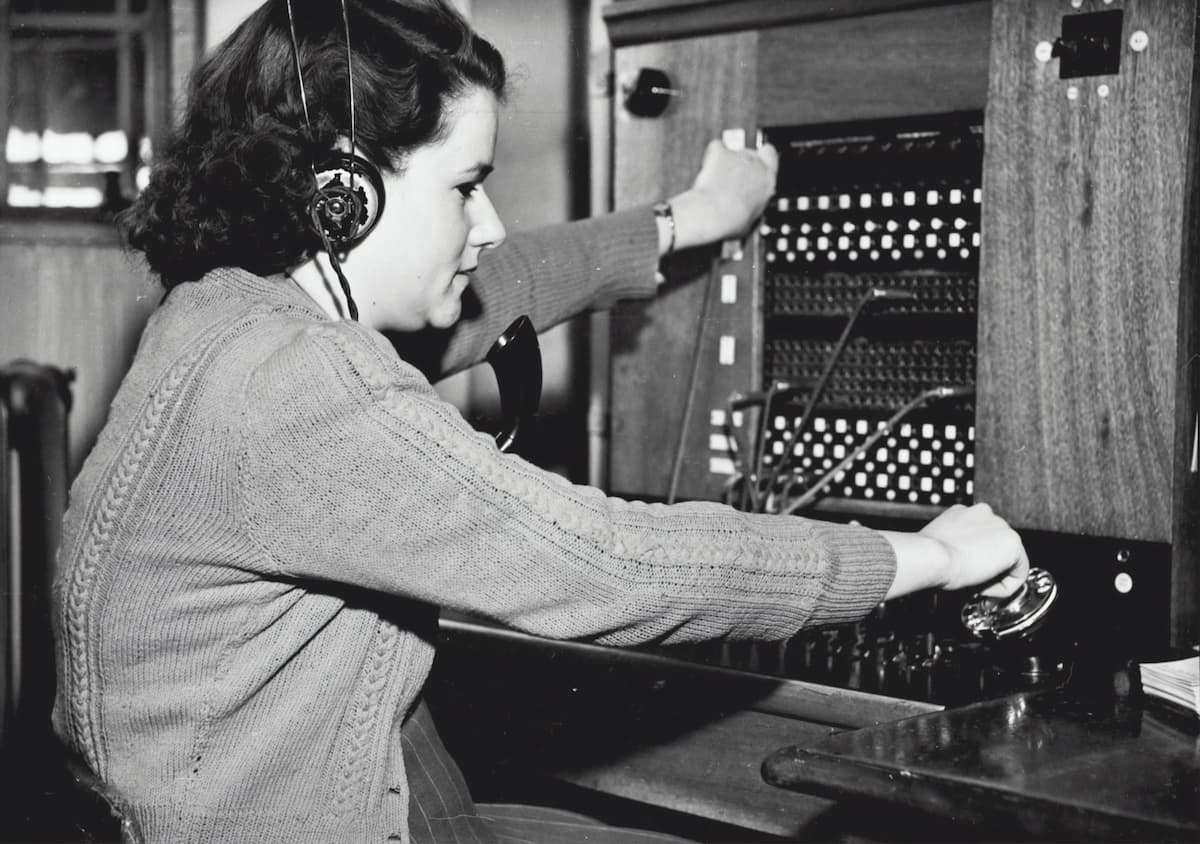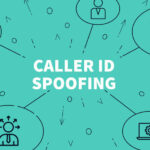With the rise of spam calls and robocalls, it has become increasingly important for businesses and individuals to ensure that their calls are accurately represented and that they are perceived as trustworthy. One way to do this is to have your calls display as “Verified Calls” when they are transmitted to your customers or clients.
In this blog post, we will explore what “Verified Calls” are, how you can ensure that your calls display as “Verified Calls” with your carrier, and the different “Verified Calls” programs offered by various device service providers.
What are “Verified Calls”?
“Verified Calls” are calls that have been verified by the carrier to be originating from a legitimate source. When a call is verified, it is marked with a special icon or tag on the recipient’s phone, indicating that it is a trustworthy call. This helps to reduce the number of spam calls and robocalls and to increase the likelihood that the recipient will answer the call.
Google’s “Verified Calls”
Google’s “Verified Calls” is a program that verifies incoming calls and displays a “Verified Call” tag on the recipient’s phone. This program is currently available for Google Pixel devices and requires the recipient to have the latest version of the Google Phone app installed. To participate in this program, businesses and individuals need to provide Google with their phone number and information about their business, and their call information will be verified and displayed on the recipient’s phone.
AT&T’s “Valid Number”
AT&T’s “Valid Number” program is a way for businesses and individuals to verify their phone numbers and to ensure that their call information is accurately represented. When a call is made from a “Valid Number”, it is marked with a special icon on the recipient’s phone, indicating that it is a trustworthy call. To participate in this program, businesses and individuals need to work with AT&T to establish a “Valid Number” and to ensure that their call information is accurately represented.
T-Mobile’s “Number Verified”
T-Mobile’s “Number Verified” is a program that verifies incoming calls and displays a “Number Verified” tag on the recipient’s phone. To participate in this program, businesses and individuals need to work with T-Mobile to establish a “Number Verified” and to ensure that their call information is accurately represented.
Verizon Call Verification
Verizon Call Verification is a program that verifies incoming calls and displays a “Verified Caller” tag on the recipient’s phone. To participate in this program, businesses and individuals need to work with Verizon to establish a “Verified Caller” and to ensure that their call information is accurately represented.
Other Device Service Providers
In addition to the programs offered by Google, AT&T, T-Mobile, and Verizon, other device service providers offer similar “Verified Calls” programs. These programs help businesses and individuals to verify their phone number and to ensure that their call information is accurately represented.
How To Get Verified Calls
To get “Verified Calls”, you need to work with your carrier or device service provider to establish a Verified Caller ID. This involves verifying your phone number and ensuring that your call information is accurately transmitted and represented.
Here are the steps you can take to get “Verified Calls”:
Contact Your Carrier or Device Service Provider: The first step is to contact your carrier or device service provider and discuss their “Verified Calls” program. They will be able to tell you what you need to do to participate and what information you need to provide.
Provide Required Information: Once you have discussed the program with your carrier or device service provider, you must provide the required information. This may include your phone number, business information, and other details. The exact information required will depend on the specific program you are participating in.
Verify Your Phone Number: Once you have provided the required information, your carrier or device service provider will verify your phone number. This involves confirming that your phone number is valid and that it is associated with your business or individual.
Update Your Caller ID Information: After your phone number has been verified, your carrier or device service provider will update your Caller ID information to accurately represent your call information. This may involve adding a tag or icon to your Caller ID, such as “Verified Call”, “Valid Number”, “Number Verified”, or “Verified Caller”.
Monitor Your Caller ID Reputation: Finally, it is important to monitor your Caller ID reputation to ensure that your calls are being accurately represented and that you are perceived as trustworthy. You can do this by monitoring the tags or icons that are displayed with your Caller ID, and by regularly checking the feedback from your customers or clients.
By following these steps, you can ensure that your calls display as “Verified Calls” and that you are perceived as a trustworthy and legitimate source. This can reduce the number of spam calls and robocalls and increase the likelihood that your calls will be answered by your customers or clients.



